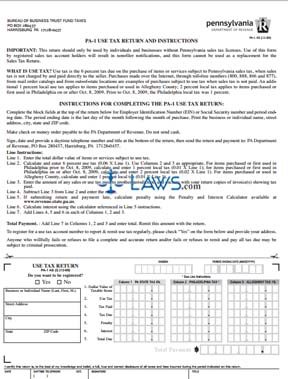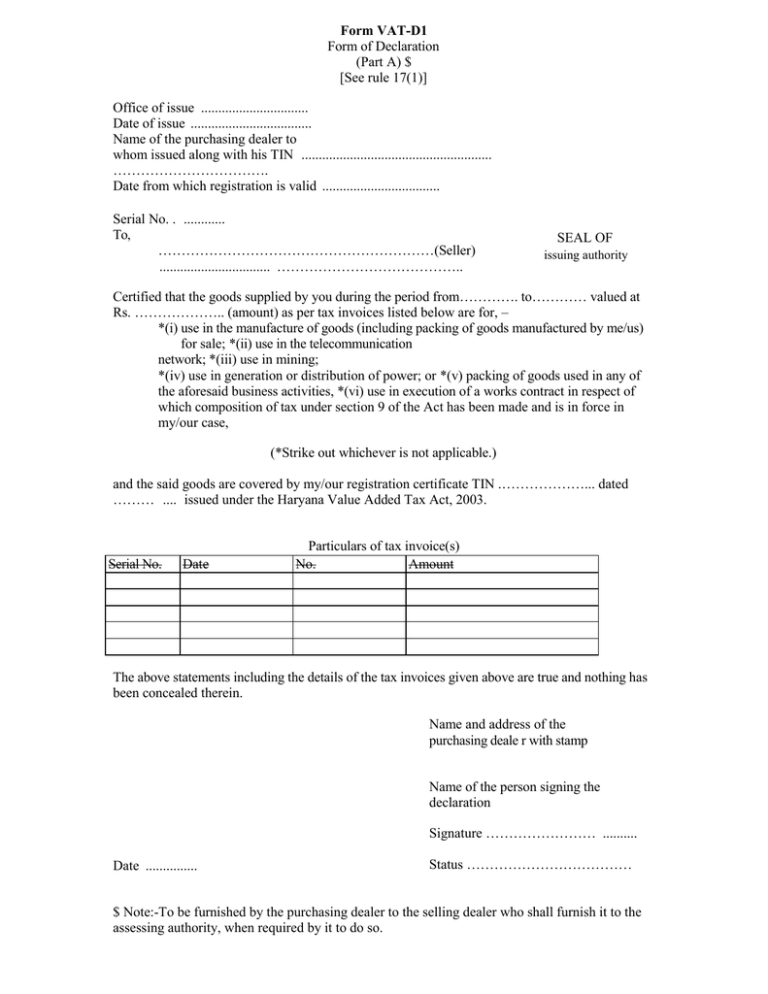


If they choose to do so, they must charge VAT on everything relating to the property. The vendor or landlord has chosen to charge VAT, for example if the property has been renovated or refurbished and they wish to recover some of the costs incurredĪ commercial property owner can opt to charge VAT at the standard rate when they sell or lease their property.The property is new (anything less than three years old).There are also some exceptions to this rule, as the standard rate of VAT – currently 20% – is applied to commercial property transactions in the event that: Whilst this VAT exemption is beneficial for a purchaser, it also means that the vendor or landlord is unable to recover any VAT on related costs, which may be significant. Rights over and /or licences to occupy commercial premises.In general, there are four main principles to consider for commercial VAT purposes: VAT exemption: What is it?Īs a general rule, the sale or rental of a commercial property such as a shop, warehouse, office or restaurant is exempt from VAT, meaning neither the individual purchasing the property or the prospective tenant would have to pay VAT. Please contact a member of our indirect tax team if you require assistance with completion of your RTD or achieving zero rate status as a sub-contractor.VAT on all commercial property rentals and purchases is complex and, as such, it is advised that you seek expert assistance if you are not well-versed in the complexities of of this aspect of commercial property management. Don’t be lateĪll RTD’s must be filed on time via the Revenue Online System (“ROS”) to avoid the negative consequences as above. The increase in the RCT applicable to sub-contractors is having a detrimental effect on cash-flow if 20% or 35% of the gross payment is being withheld. Over the past two years, Revenue have increased the RCT rate applicable to sub-contractors who have not filed their RTD and have also denied tax clearance in such cases. To date, the Revenue have delayed refunds of tax in this regard, but a failure to file a RTD was unlikely to have had any further impact. 51/14, when a business files a claim for a repayment or refund of tax under any tax head and there is an outstanding VAT RTD with a due date within the previous 12 months, then that repayment or refund will be automatically withheld. All turnover, including turnover at exempt rates and at the zero rate must be included on the form.įailure to file - increase in the Relevant Contracts Tax (“RCT”) rate applicable to sub-contractors and denial of tax clearance certificateĪs notified by Revenue in e-Brief No. The VAT exclusive value of the supply of goods and services should be included. The return includes all Irish, intra-EU and overseas trade carried out by the Irish business.

The RTD is a summary of supplies of goods and services, imports and purchases giving rise to deductible input VAT at the various VAT rates. The annual return is due to be filed within 23 days of the year end. In the case of companies registered for corporation tax, an annual VAT return will be required for the 12 month period based on the company’s accounting period for corporation tax. 639 of 2010) requires all VAT registered traders to submit a VAT Return of Trading Details (RTD) on an annual basis, following the end of the respective accounting period. Regulation 24(1) of the Value-Added Tax Regulations 2010 ( S.I.


 0 kommentar(er)
0 kommentar(er)
